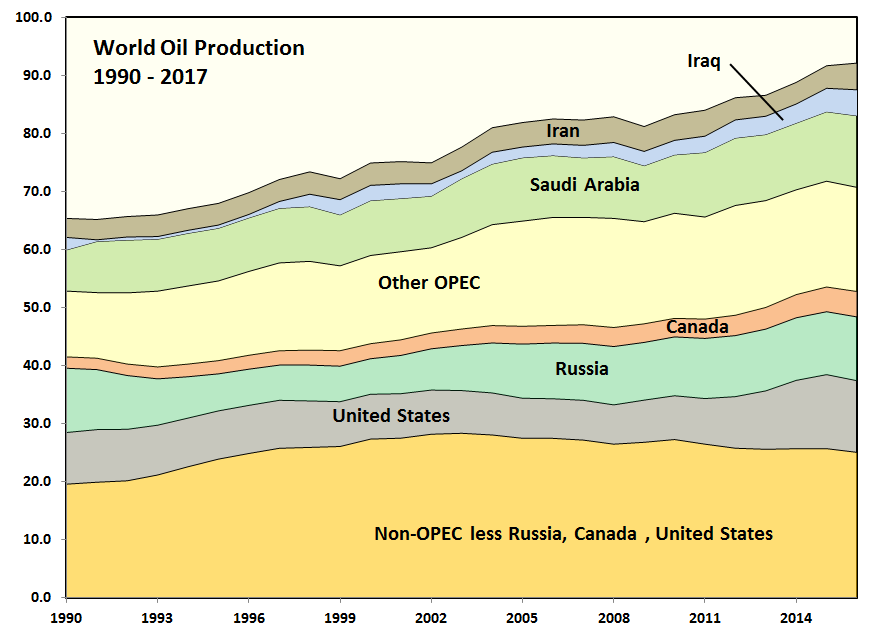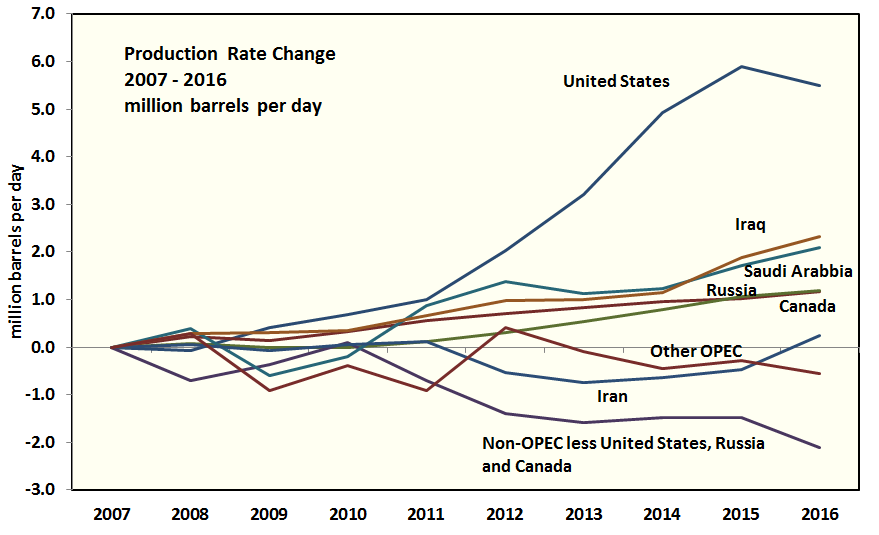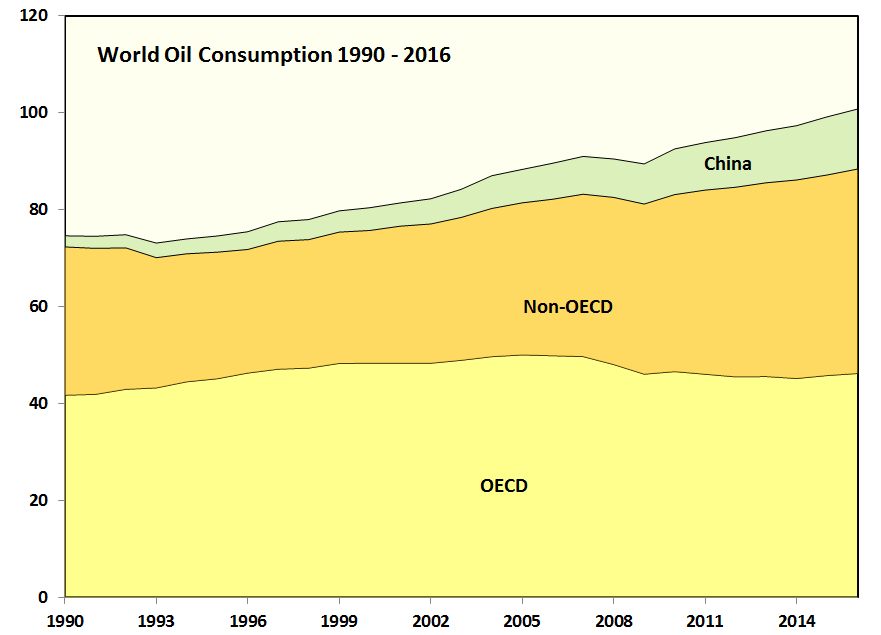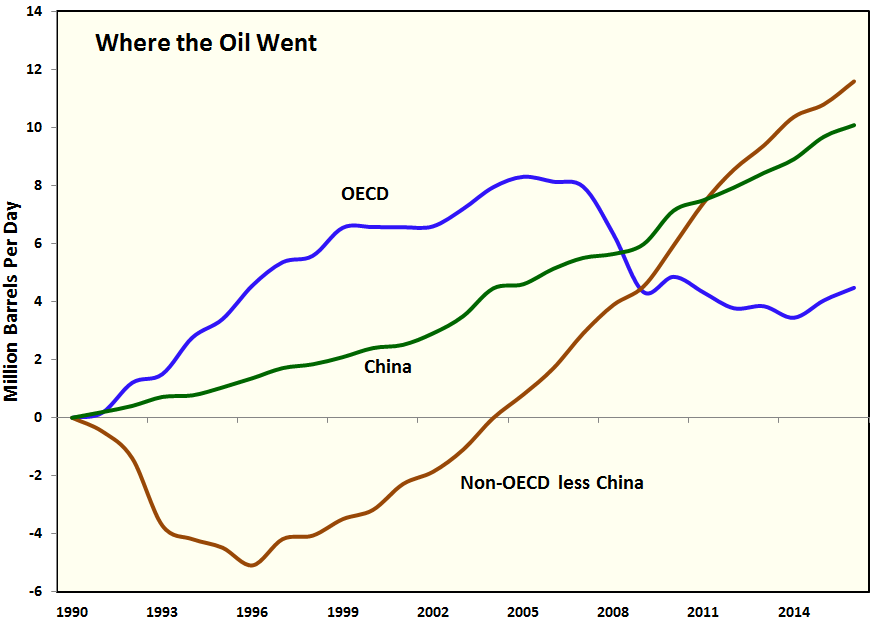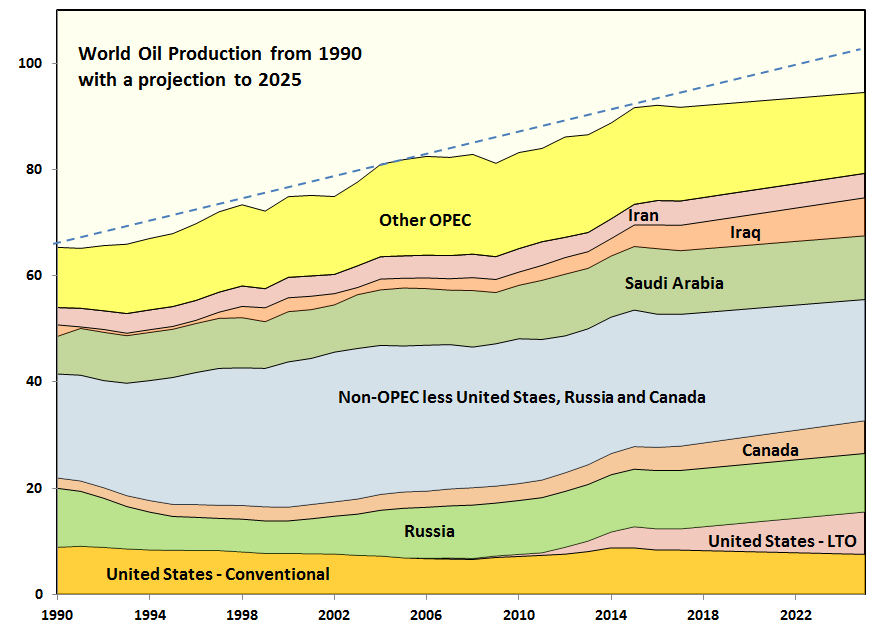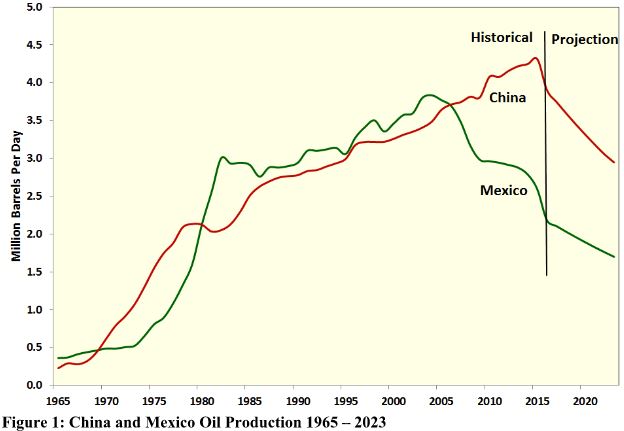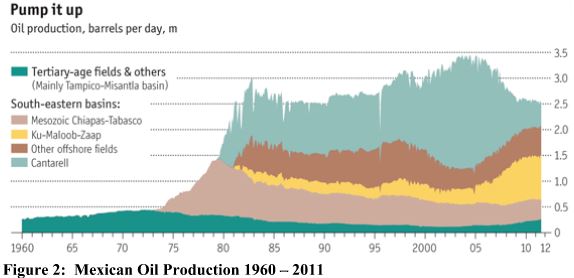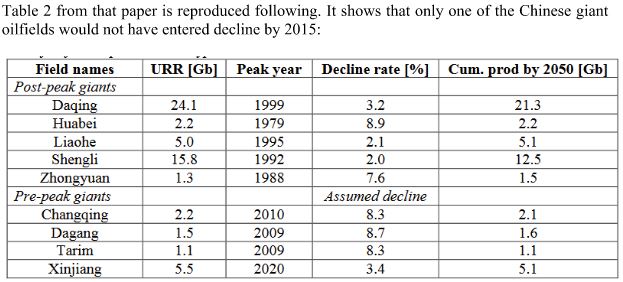Australia may be the worlds largest exporter of coal, sending out 388 million tons in 2015, but China’s production of coal the same year was 3,747 million tons — nearly ten times as much, and nearly half of global coal production. But the Chinese coal boom is turning. David Archibald describes the geopolitical ramifications. For me, the next question is what stops China doing nukes? — Jo
PS: There is a rumor that Australia has only 4-5 days of fuel stocks today, and is especially low on aviation fuel. Anyone with info, please comment or email joanne AT this site.
________________________________________________________
Here is what’s holding back China’s plans for world domination
One of the reasons that China produces the world’s cheapest solar panels, for example, is because it has some of the world’s cheapest coal-fired power
There is no doubt that China wants to subjugate Asia, echoing Japan’s role during World War II. For those who think China’s economy might overtake the United States economy, and thus make China a more formidable adversary, this article aims to provide detail on China’s main constraint in that ambition: that its domestic coal production is near its peak and will then go into long-term decline.
Even if China can keep its energy supply constant with an accelerated expansion of its nuclear power sector, the cost of producing coal from deeper mines will mean that the costs of industrial production will rise due to higher feedstock costs. One of the reasons that China produces the world’s cheapest solar panels, for example, is because it has some of the world’s cheapest coal-fired power. German solar panel-producers are hobbled by that country’s energiewende, which, translated from the German, means the miracle required to replace coal and nuclear power with sunbeams and breezes and still have a functioning economy.
…click on the above link to read the rest of the article…


